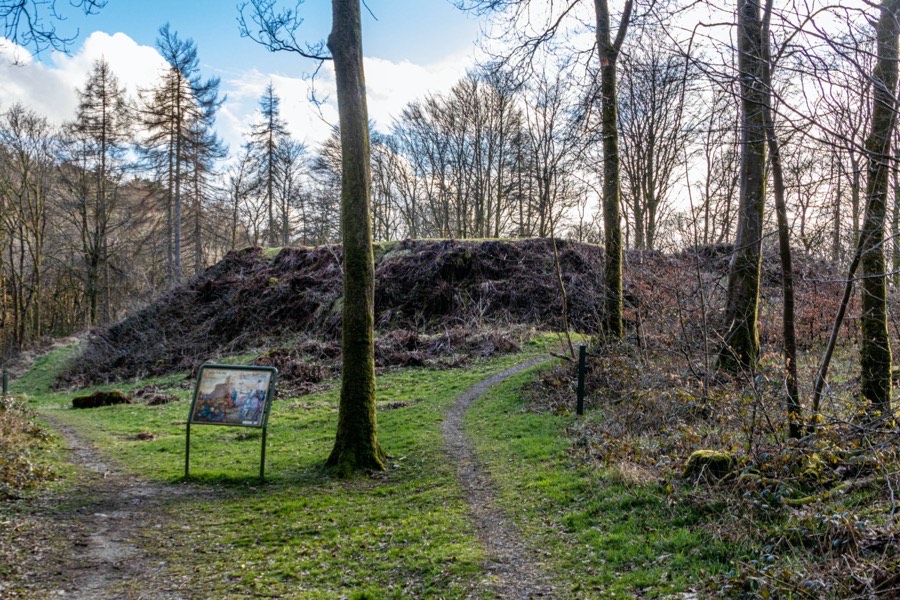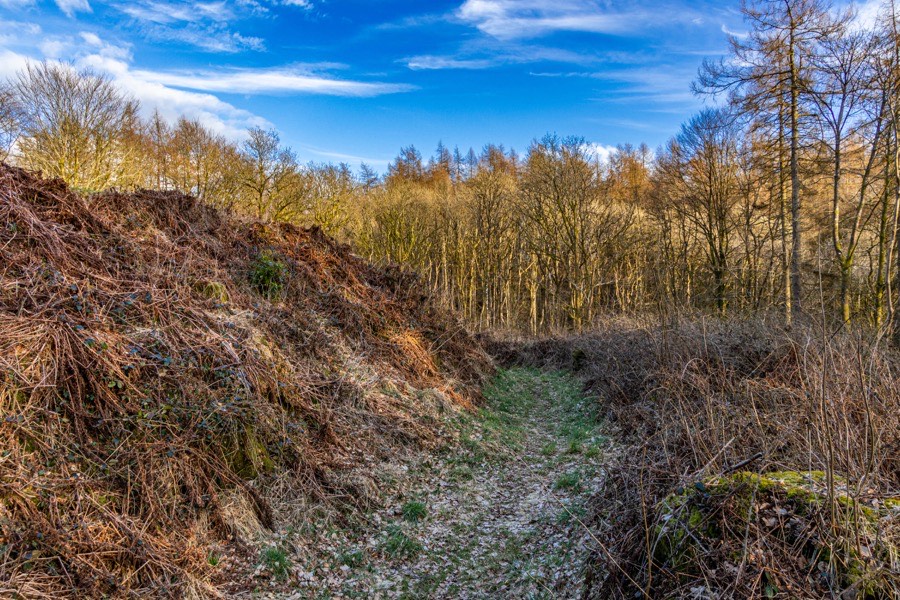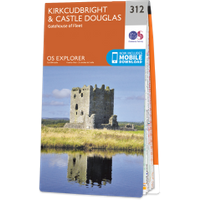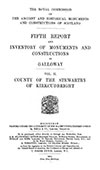

Within the policies of the Cally Palace Hotel, formerly Cally House, is a 12th century motte.
The motte is thought to have been constructed in the 12th century but by whom is not known. It stands on a ridge to the east of the Water of Fleet, set back from what would once have been boggy ground through which the river flowed to Fleet Bay and beyond to Wigtown Bay. The larger Green Tower motte guards the west side of the estuary.
The motte, which is located just south of the Bush Burn, measures around 4.5m in height when measured from the bottom of the ditch which surrounds it on all but the east side. The ditch itself is around 7.0m wide and up to 2.0m deep and there are traces of a counterscarp bank, most obvious on the east side.

This bank may have carried a wooden palisade, and the absence of the counterscarp on the north side has been interpreted as the possible site of an entrance, perhaps by a wooden causeway.

The summit of the motte measures around 26.0m north-west to south-east by around 21.0m south-west to north-east and is enclosed by a low bank around its edge.

In July 1300 after capturing Caerlaverock Castle Edward I of England resided for a while in the vicinity of Girthon although exactly where is unclear. It has been speculated that it could have been at Cally motte, around 2km north of Girthon, or at the earthwork near Enrick known as Palace Yard.
The motte at Cally may have been the seat of the lands of Girthon, although whether or not this was the case is not clear. In 1296 Lady Helen or Elena de la Zouche held in capite “the third part of the vill of Girtun”. Lady Elena was the youngest daughter of Roger de Quincy, 2nd Earl of Winchester, and his wife, Helen, eldest daughter of Alan, Lord of Galloway.
By the 14th century the lands of Cally were owned by John Craigie of Craigiehall and the motte is likely to have been superseded by Cally Castle around 800m to the west. In 1387 Margaret Craigie, daughter and heiress of John Craigie of Craigie and Braidwood, married Sir John Stewart, son of Sir Robert Stewart of Durisdeer, and Cally passed to the Stewarts.
The Stewarts held Cally until around 1430 when Elizabeth Stewart, daughter of Sir John Stewart of Girthon, married Donald Lennox of Balcarroch, legitimated son of Donnchadh, Earl of Lennox, and it passed into the Lennox family who owned it until the 17th century.
In 1657 Alexander Lennox of Cally died leaving an only daughter Anna, who in 1658 received the lands of Cally according to her father’s will. She was married to Richard Murray of Broughton and in 1661 he received a Crown charter of the estate of Cally upon the resignation of John Lennox of Plunton, “heir male of tailzie and provision of the deceased Alexander Lennox of Cailie”.
During the mid-1750s Richard’s grandson, James Murray, met the architect Robert Mylne in Rome while travelling on a Grand Tour who began preparing plans for a new house. Cally House was constructed between 1763 and 1765 around 800m to the south-west of the motte which became part of a grand designed landscape.
When Elizabeth Murray-Baillie, later Elizabeth Murray Usher, inherited the estate in 1924 it was in financial difficulties and so in 1933 she sold Cally House and the grounds known as Cally Park to the Forestry Commission.
They subsequently sold the house and 100 acres to a Mr Stewart, who opened the Cally Hotel in 1934, and retained 650 acres most of which underwent a gradual programme of replanting including the woodland containing the motte.
In 2012 trees on the motte were felled by Forestry Commission Scotland and a geophysical survey was carried out by Rubicon Heritage. Fluxgate magnetometry and electrical resistivity surveys on the summit revealed no evidence of stone walls but did reveal a large area indicative of burning. This may represent the destruction by fire of a timber structure on the summit. Whether or not that was deliberate or accidental is not known. It has been suggested that the burning may have been associated with one of the Galwegian rebellions, major ones occurring 1174, 1235 and 1246.
The motte now stands within a network of walking trails through the Cally Park woodland.
Alternative names for Cally Motte
Cailie; Cale; Caley; Calie; Calley; Callie; Caly; Gerthon; Girthon; Girton; Girtun; Kalacht; Kalecht; Kally; Kaly; Kelly; Moat Park motte
















